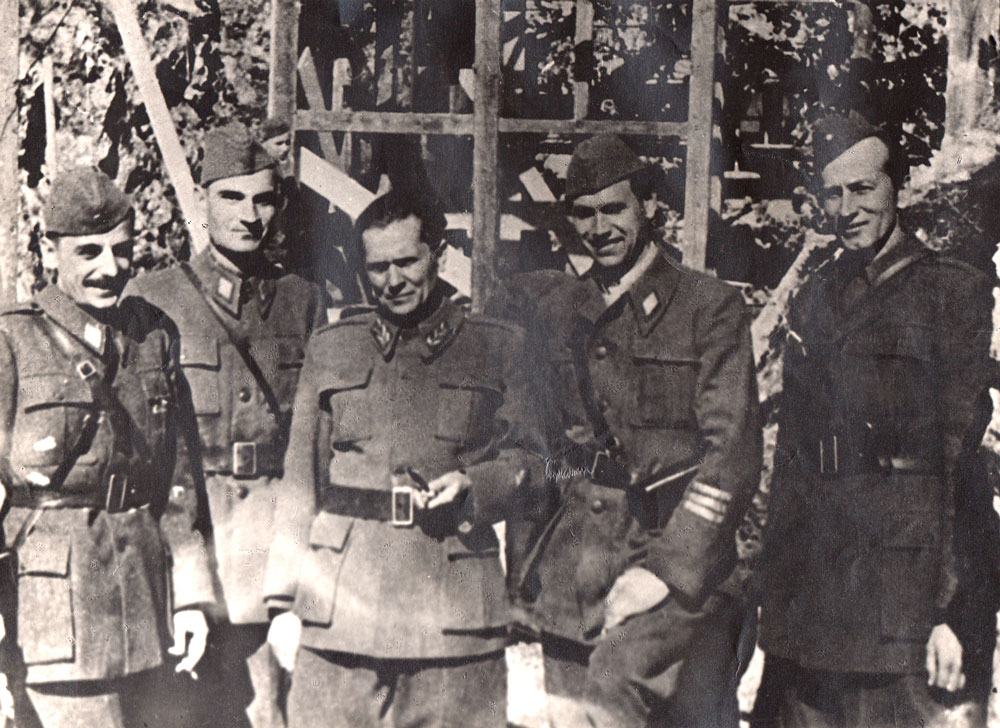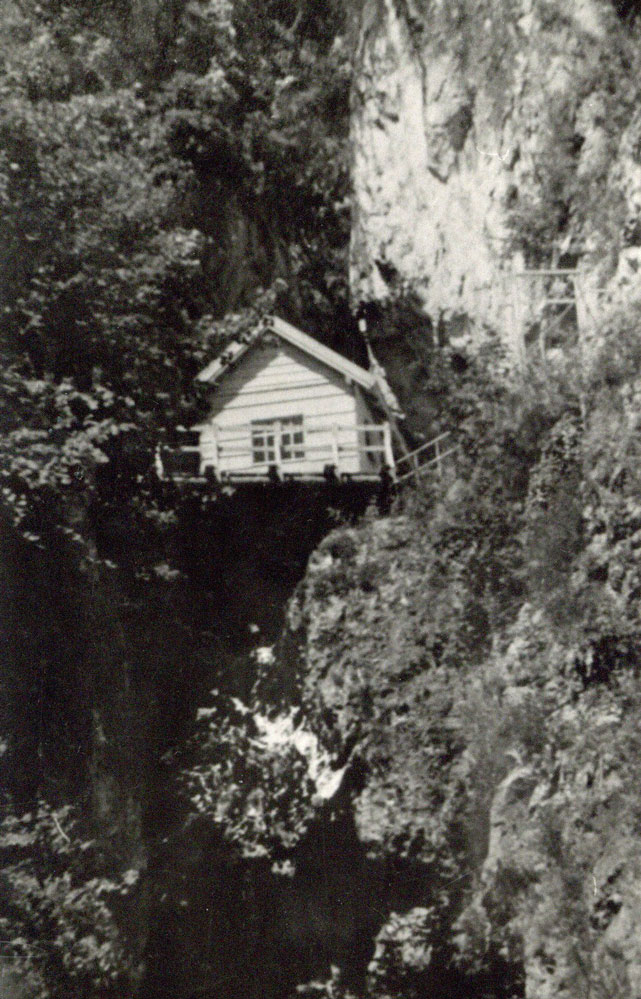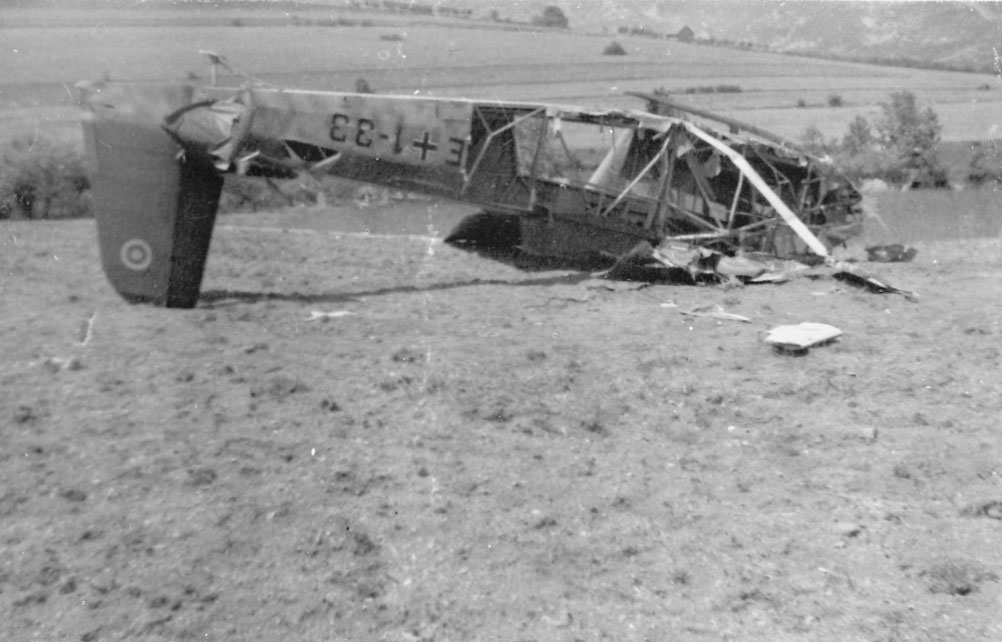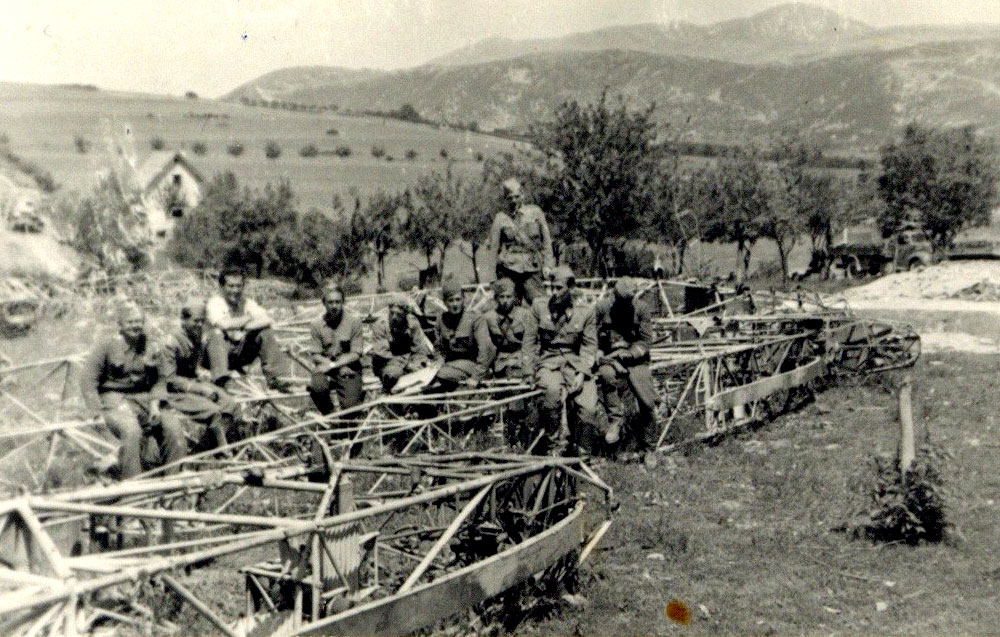Knight’s leap from Drvar to Sarajevo
The 3D collection of the History Museum of Bosnia and Herzegovina bears testimony to one of the most important periods in the history of the country, the Second World War and the People’s Liberation Struggle. In one part of the collection situated in the outside space of the museum, the atrium exhibits several pieces of field artillery used during the war. Standing out among them is a rather unique exhibit, a German glider DFS 230 used in one of the most important operations during the Second World War, Operation Rösselsprung.
Operation Rösselsprung, known as the Raid on Drvar (and also as The Seventh Offensive of the Wehrmacht against the Partisans), was an attempt to liquidate or capture the Supreme Commander of the National Liberation Army of Yugoslavia (NOVJ), Marshal Josip Broz Tito, conducted in May 1944. The aim was to attack the Supreme Command in Drvar with paratroops and catch Tito (preferably alive). The plan of the whole operation was entrusted to General Lothar Rendulic, who prepared attacks from multiple directions: Sarajevo, Jajce, Banja Luka, Prijedor, Bihać and Knin. Paratroopers, collected from various SS units (and trained at the airport in Kraljevo), began to descend at 10:00 on 25 May. Shortly after the paratroopers landed, a glider assault began. Despite the relatively large number of troops involved, the operations failed to reach its main objective: Tito and his entourage, including members of the Russian and British mission at Supreme Headquarters, had escaped. Because the whole area was surrounded, it was too risky to stay there and try to find another hiding place: On the night between the 3rd and 4th of June, Tito flew with a Russian plane from an improvised airfield on Kupreško Polje to Italy (Bari), and 2 days later (late in the night of 6th June) he headed to Vis on the Croatian coast with a British battleship.
On the fields around the town, numerous gliders were left scattered by the German forces after the operation. Seven years later, in 1951, one of the gliders was brought from Drvar and it became a part of the museum’s 3D collection. After the completion of the museum building in 1963, it found its permanent place in the atrium, where until this day it bears witness to one of the most important operations during the Second World War.
Nedim Pustahija





